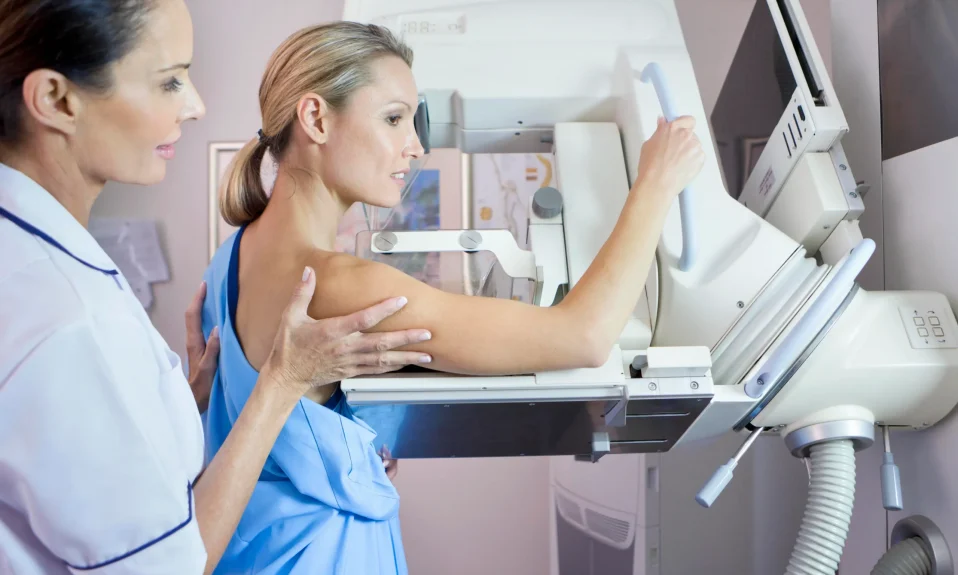There are several conditions that can affect the shape of your baby’s head. These include NICUcephaly, positional plagiocephaly, and congenital torticollis. A physical therapist can help your baby improve his or her head shape. By two years of age, most head shape abnormalities should disappear.
NICUcephaly
A baby’s head shape can change due to a variety of reasons. Some of these causes are unknown, but some can be treated surgically. One type of treatment is a procedure called craniosynostosis. This procedure will separate two fused bones that cause a baby’s head to develop abnormally.
Plagiocephaly is a common but treatable condition characterized by a flattened head. It occurs when the soft skull of an infant flattens out in one part, causing it to look like a slanting head when viewed from above. Often, the ear is on the anterior side of this flattening.
While the condition causes pain and may lead to other medical complications, it can also be treated. The bumps and swelling on a baby’s head will often go away on their own after a couple of weeks. Most of these bumps and swelling will go away as the baby’s head bones slide back into place. To help prevent this condition, parents should avoid keeping their baby on its stomach or side during sleep. Parents should also avoid using clothing or cushions to hold their baby’s head in place during sleep.
Congenital torticollis
Torticollis is a birth defect that affects the head shape of a baby. It is usually painless in infants, but parents can notice the condition once their baby reaches a few weeks of age and begins to gain control over its head. A second type of torticollis, known as acquired torticollis, is a condition that usually occurs in the first four to six months of life. This type of torticollis is often subtle and may be a sign of another serious health problem.
Treatment for torticollis can include physical therapy and surgery, depending on the severity of the condition. In some cases, surgery is required to lengthen the shortened SCM muscle. However, a recent study suggests that botulinum toxin may be a better option for some patients.
Often, a doctor can correct the condition, but untreated torticollis can lead to more serious issues. Eventually, your baby’s head will not develop in a normal range of motion and may have asymmetrical features or scoliosis. Torticollis is a result of an injury to a baby’s sternocleidomastoid muscle, which runs from the ear to the sternum on both sides of the neck.

Positional plagiocephaly
If your child has flat spots on their head, it may be a sign of positional plagiocephaly. This condition may be mild or severe, but it can often be corrected if detected early. It can also affect the jaw, face, and neck. In rare cases, it may lead to a mild developmental delay. Your doctor will be able to tell you if your child has this condition and recommend treatment.
While there is no specific cause for positional plagiocephaly, the condition is increasing in infants for many reasons. Surgical and conservative treatments are available, and can correct the condition. In some cases, helmet therapy may be needed to correct the head shape and position. However, there are concerns about the timing and effectiveness of this treatment. Regardless of the method used, early detection is essential to prevent severe head rounding.
A paediatrician can refer a baby with positional plagiocephaly to a specialist clinic. A team of plastic surgeons, physiotherapists, and orthotists can work with your child to correct the condition. In most cases, the treatment will involve physical therapy and exercises. Parents can use these exercises with their babies to prevent further damage.
Craniosynostosis
Craniosynostosis in babies can affect a child’s head shape significantly, but the good news is that there are treatment options. In some cases, a doctor can perform craniosynostosis surgery to normalize a child’s head shape. This surgery gives a child the best chance at development and can improve their self-esteem and social interactions.
The first step in diagnosing craniosynosis in babies is to perform a thorough physical exam and run diagnostic tests. A doctor will examine the baby’s head and look for hard edges along the sutures, as well as asymmetry of facial bones or other abnormalities. This will allow the doctor to plan the appropriate treatment.
In some cases, the sutures between the bones of a baby’s skull close too early, causing the skull to grow irregularly. When this happens, the brain will continue to grow in other parts of the skull, while the skull’s shape will be abnormal. As a result, a baby’s head shape may not develop properly, and it can lead to psychosocial problems.
Our previous post What is Muslin? How to Use and Care for Muslin? in our article How to Care for Muslin?, What Are the Types of Muslin? ve What Is Muslin Used For? information about.














